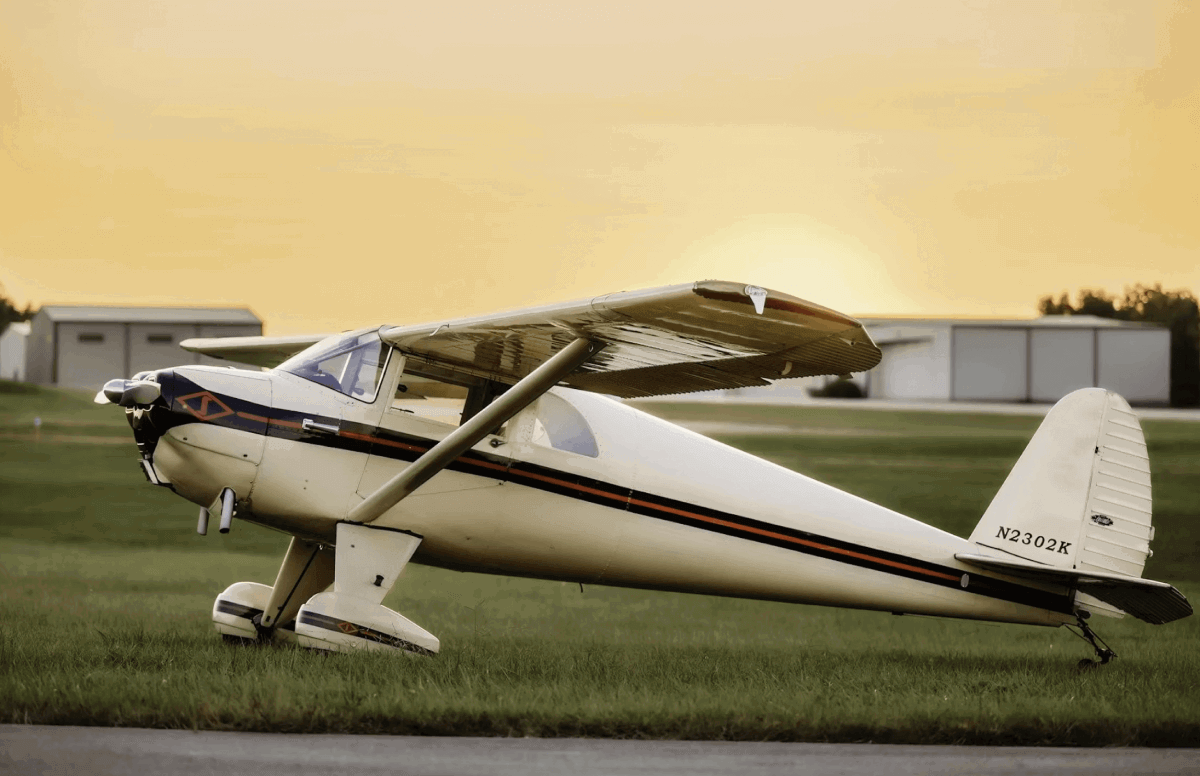The fog comes
on little cat feet.It sits looking
Carl Sandburg
over harbor and city
on silent haunches
and then moves on.
The meteorological condition called fog, properly termed when a cloud sits in contact with the ground, remains one of the confounding considerations aviators must deal with. Departing into fog gives no chance to prepare for the sudden entry to blind flying, and it’s a one-way trip; there’s no coming back. At some point during a foggy landing attempt, we need to see enough of the airport’s surface to maneuver our aircraft into a safe touchdown.
Forecasting a chance of fog occurring is not difficult; determining when it will actually arrive, or leave, is less easy. Fog formation requires moisture-laden air and sufficient cooling to create condensation. We are taught to heed the temperature/dewpoint spread, the difference between actual air temperature and the lesser number at which the air can no longer hold water in vapor form. Should the two come together, fog becomes possible, given a source of moisture.
The common scenario is a predawn departure under clear, calm skies, as the last bit of cooling from the night takes place. The hapless pilot takes off under the stars, the sun peeps over the horizon, the air at the surface begins to stir and condensation takes place, forming a fog blanket over the terrain. It can creep out of nearby bays or marshes, march across the airport, and leave it totally obscured in the space of a few minutes. Sunshine may prevail a few hundred feet above the surface, but provide scant relief to the pilot trapped on top.
Avoiding a fog encounter requires patience and flexibility. Launching before sunup must be done with careful regard to the terminal forecast; it might be wise to delay departure until the opportunity for fog generation has passed. Know the micro-meteorology of the area. Some wind directions create greater chances of fog than others, recent rain or snowmelt may heighten the likelihood of fog, on-shore winds can move the marine layer inland. Listen to the locals that fly there all the time.
Be willing to wait it out. The rule of thumb about the sun burning off fog at 100 feet per hour can be skewed by a high overcast deflecting solar energy. Do not taxi out at the first sign of a “sucker hole” providing a peep of blue sky. Give the conditions time to show solid improvement.
Do not continue on over a fog layer with dwindling fuel supply, relying on GPS tracking and a rosy forecast. Stop and tank up at a wide-open airport and have plenty of go-juice to get to the still socked-in destination, turn around, and exit to a solid alternate. Believe no forecast until it is proven by timely METAR confirmation. If the clearing is running late, it may not happen at all. Amended forecasts seem to be a rarity these days; instead, the weather-guessers wait for the next issuance.
In all honesty, a TAF has such a small coverage area that forecasting a clearing time is a roll of the chicken bones. Fog comes, and goes, on its own terms, often with one or two degrees of temperature or a few knots of wind making the difference. Do not challenge it with training and technology alone; wait and see.
Photo: Adobe Stock




